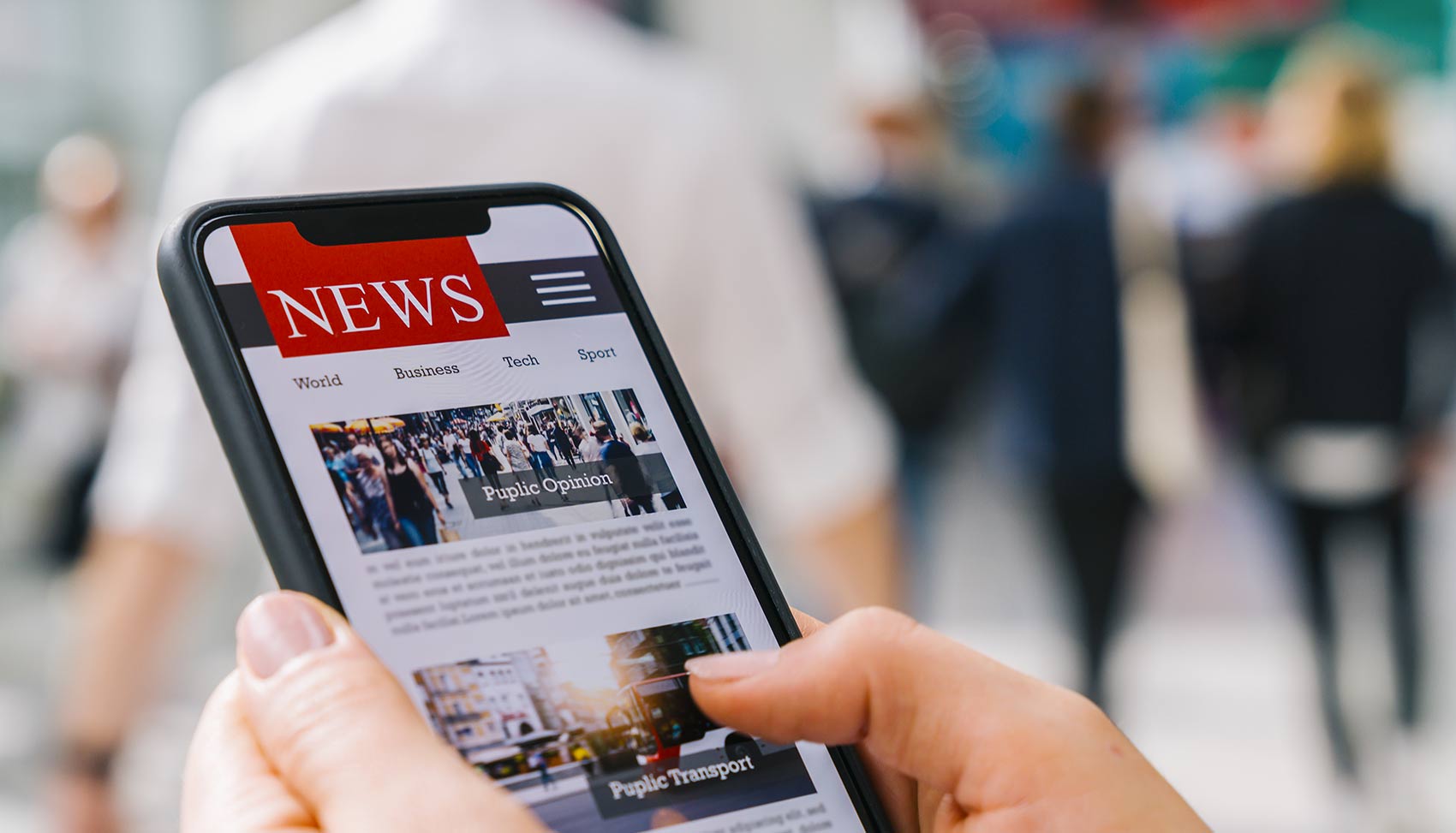Talking to an older lady while waiting for the bus the other morning, we got into the ‘scourge’ of the smartphone and the new generation who speak loudly to friends on their headsets, or blast their music for all to hear, regardless of if we want to listen to it with them. I’m of the generation that grew up as the technology did. First I had a BT Cellnet brick, then a Samsung flip-phone – making me the coolest friend in our circle – later upgraded to the Palm Pre, the first iPhone, and as newer tech is released I still find myself keeping up with the technology.
Her attitude was very different from mine. She believed that the mobile technology should’ve been reserved for emergency services and military use. That things just aren’t the same now, everyone’s always connected, scrolling on their phone, and not interacting with the world around them. “It’s hard to come by a good conversation these days,” she told me. I politely agreed, but it got me thinking – if the world has been made easier to navigate and a smaller, safer place because of technology, why do we look back with nostalgia to the past. Why do we assume things were “simpler” back then?
In the world of accountants, the rise of technology has undoubtedly improved our lives greatly. If you were an accountant in Ancient Egypt, you might well have been recording tax affairs on clay tablets – carving each character painstakingly and paying close attention to accuracy. There’s no way to edit an indelible mark on stone easily. As globalisation slowly began in the middle ages and money became the currency of trade, bookkeeping was refined to keep track of money owed to banks, and the funds coming in and out of a merchant’s pocket were closely monitored.
This was labour-intensive, expensive work. The double-entry accounting system was a revolution that first appeared in the 1450s and holds its value as a method today, but everything was manual and it took skilled, educated accountants a lot of time to ensure everything was correct and balanced. It was another four centuries before William Burroughs invented the adding machine, replacing the abacus with superior accuracy and efficiency. The early adding machines were not yet computers as they were missing the vital aspect of memory and data recall.
Next came punch-card machines, first used to facilitate the US census. These could record the data by punching a pattern into a card. The patterns – data – could then be read back by the machine to recall the information stored. Unfortunately, the readers had issues, and if a punch hole wasn’t fully pushed out the data was corrupt. Progress is by no means simple, but by 1928 an IBM tabulator could handle 100 cards a minute. It wasn’t until 1955 that a computer was purchased for use solely in accounting. The UNIVAC used magnetic tape to store data and reduced the payroll process for General Electric to a relatively speedy 40 hours of work.
With a streamlining of accounts production processes happening in the 1960s with EDI development, the next big step came with Visicalc in 1978. Visicalc was the first spreadsheet software that allowed for financial modelling using a computer. This was then the standard for many years for accountants. This was “as good as things get”.
As we approach the latter part of the 20th century in our brief look through the history of accounting, we can begin to compare modern advances with the way things were. BTCSoftware, for example, was founded in 1999 and the first release – CorpTax – took on a lot of the heavy work associated with calculating Corporation Tax computations. Spreadsheet-based software was able to take a set of accounts, do all the number-crunching, and produce accurate calculations ready to submit to the authorities. Digitally captured information from one system is now easily transferred to another.
As the rate of development of new technology increases, with ever-more-powerful computers able to run increasingly sophisticated software, it is useful to look back and see how far accountancy has come since the days of performing calculations on an abacus and chipping those results into hefty slabs of stone. Even since the 1950s and the first accounting computer, change in the world of Accounts Production and associated tax activity has barrelled into the future with more automation, integration, and a simpler life for the accountant in practice.
There’s a place for nostalgia in our world. Everyone loves to look back and think about the way things were – when was the last time you enjoyed a Sherbert Fountain from the newsagents or visited a newsagent for that matter? Taking long walks with family after Sunday lunch seems to be a pastime that is firmly in the past for many people. Handwriting a letter to a distant friend has a charm that can’t be captured when you can instant message them and get a reply within seconds.
But accountancy? That’s one area that has definitely come roaring into the technology era for the better. After all, who has time these days to learn how to carve clay, then repeat the process for each of their numerous clients every day? Keep up with technology and enjoy the benefits.


